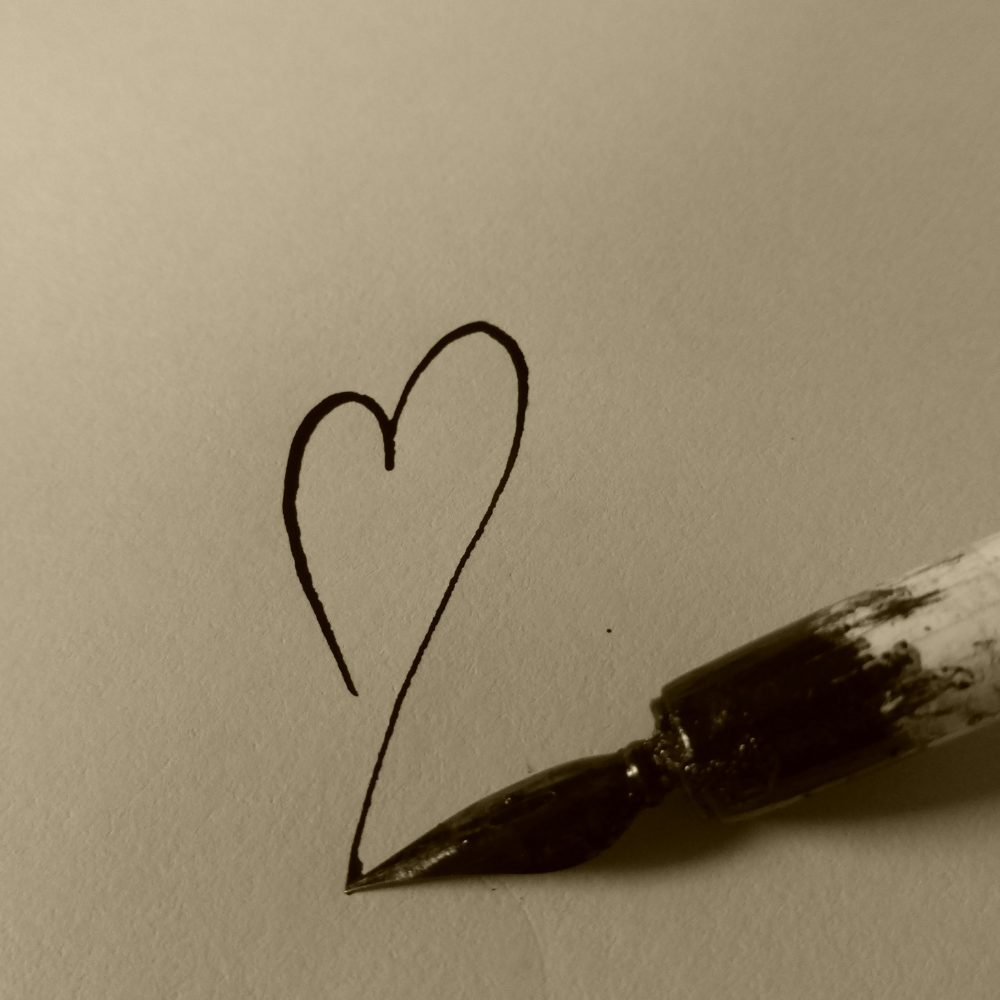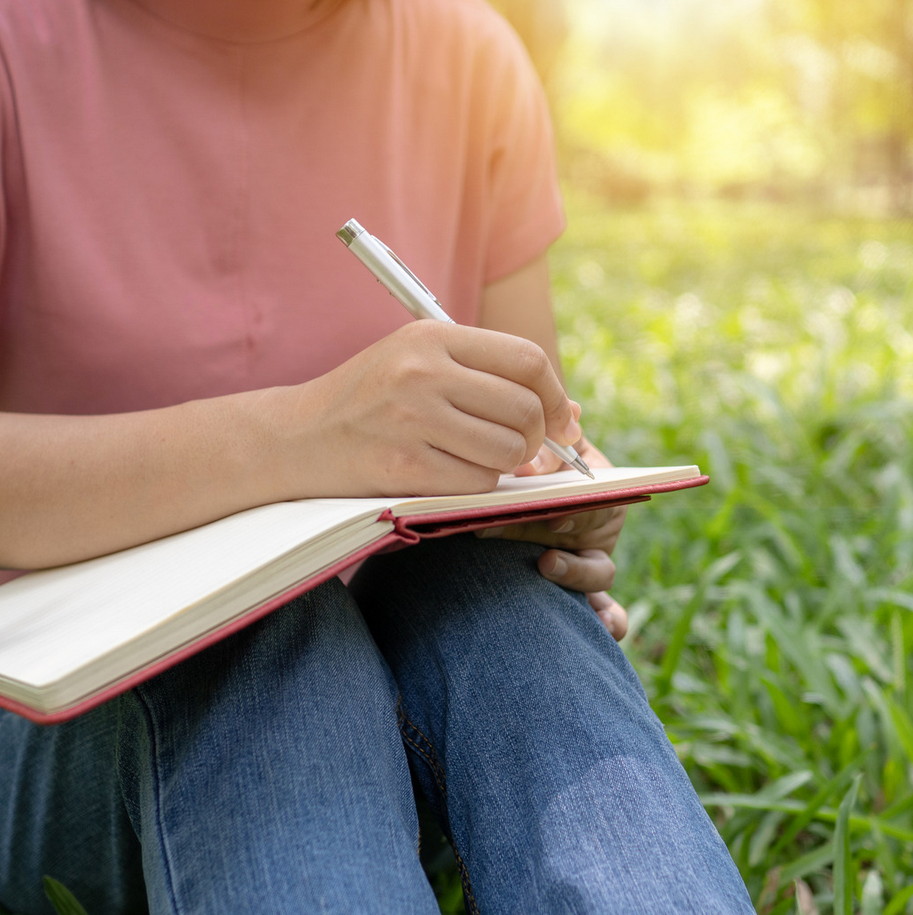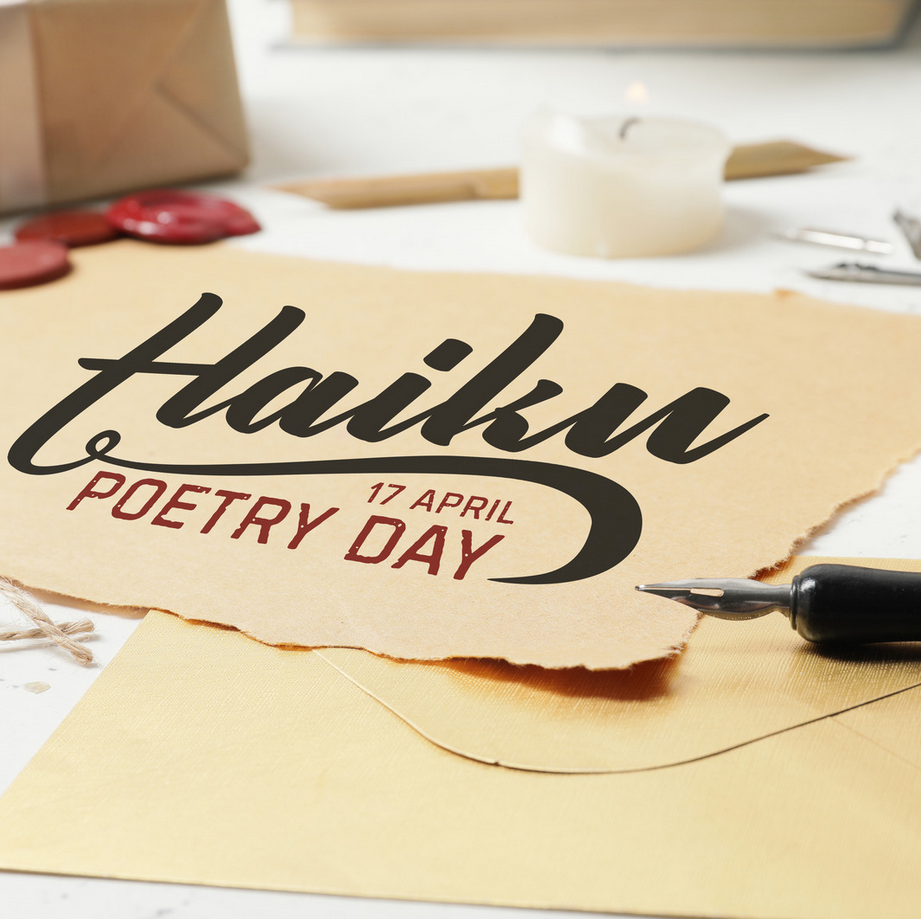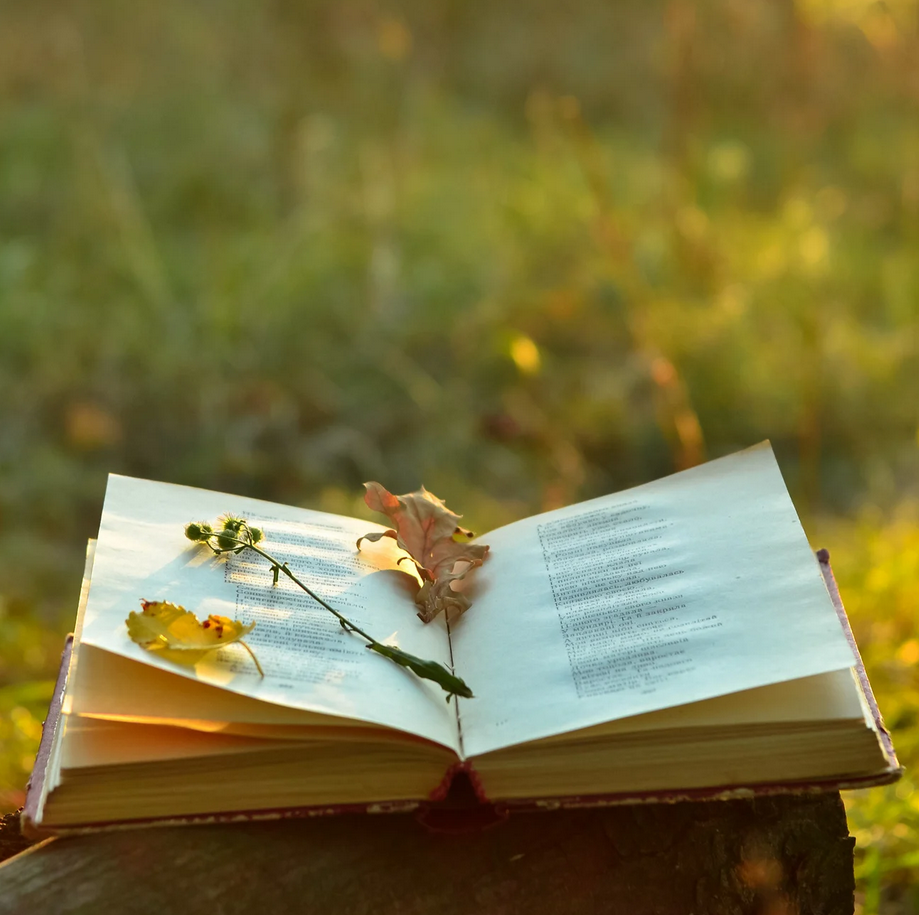Poetry has enchanted us for centuries, weaving its magic through words and emotions.
It is a concentrated imaginative awareness expressed through language chosen for its sound and meaning.
But what exactly defines poetry?
The definition of poetry can be elusive, as it encompasses a wide range of styles, forms, and purposes.
From the epic poems of ancient Greece to the lyrical poems of the Romantic period, poetry remains a powerful medium for expressing emotions, telling stories, and exploring the human experience.
Let's dive into its essence and uncover its timeless allure.
Key Takeaways:
- Poetry is a concentrated imaginative awareness expressed through language chosen for its sound and meaning.
- Various forms of poetry, including narrative, lyric, and free verse, each have unique characteristics and structures.
- Poetic devices such as rhyme schemes, vivid imagery, and metrical patterns play a crucial role in defining poetry.

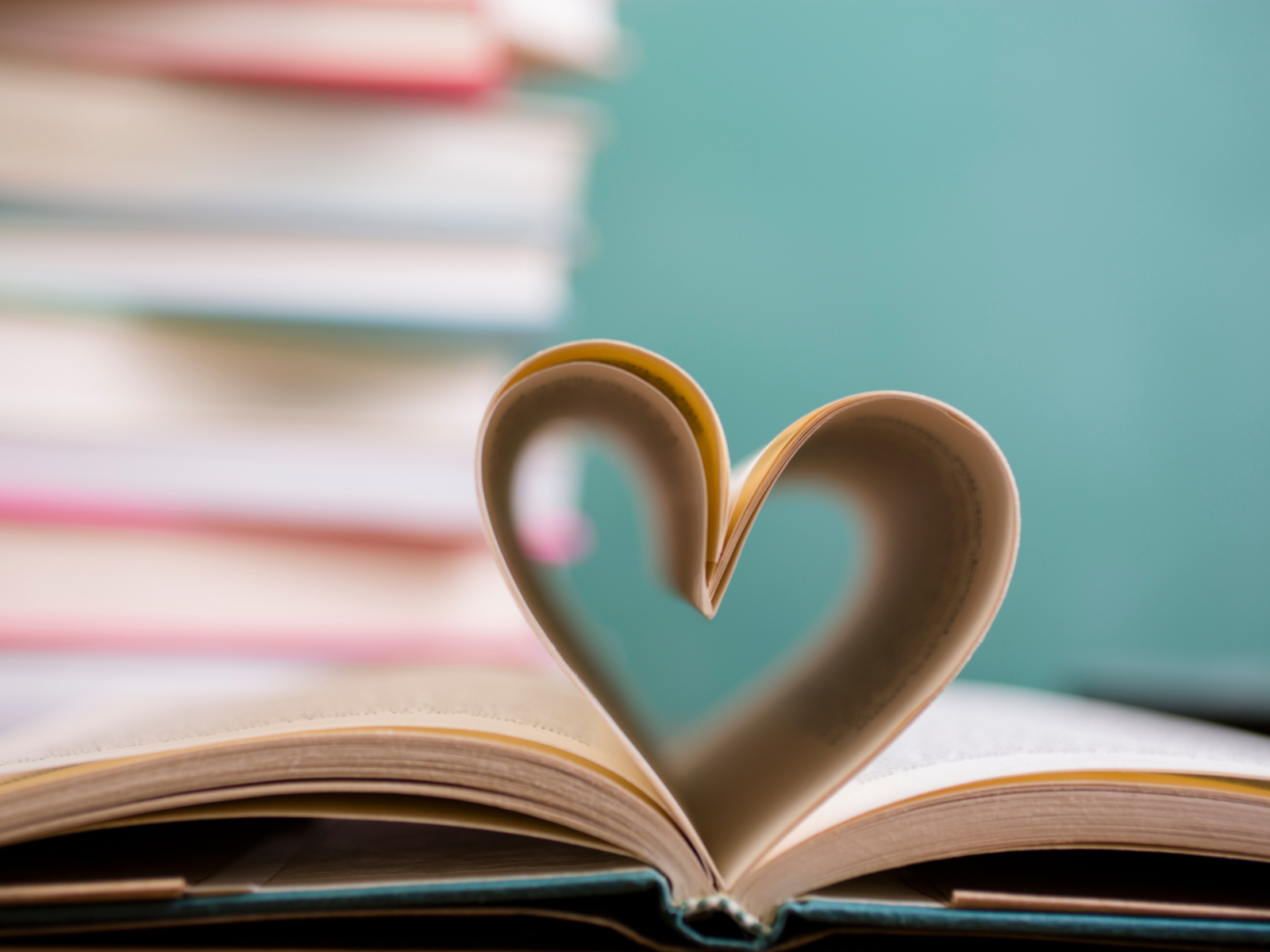
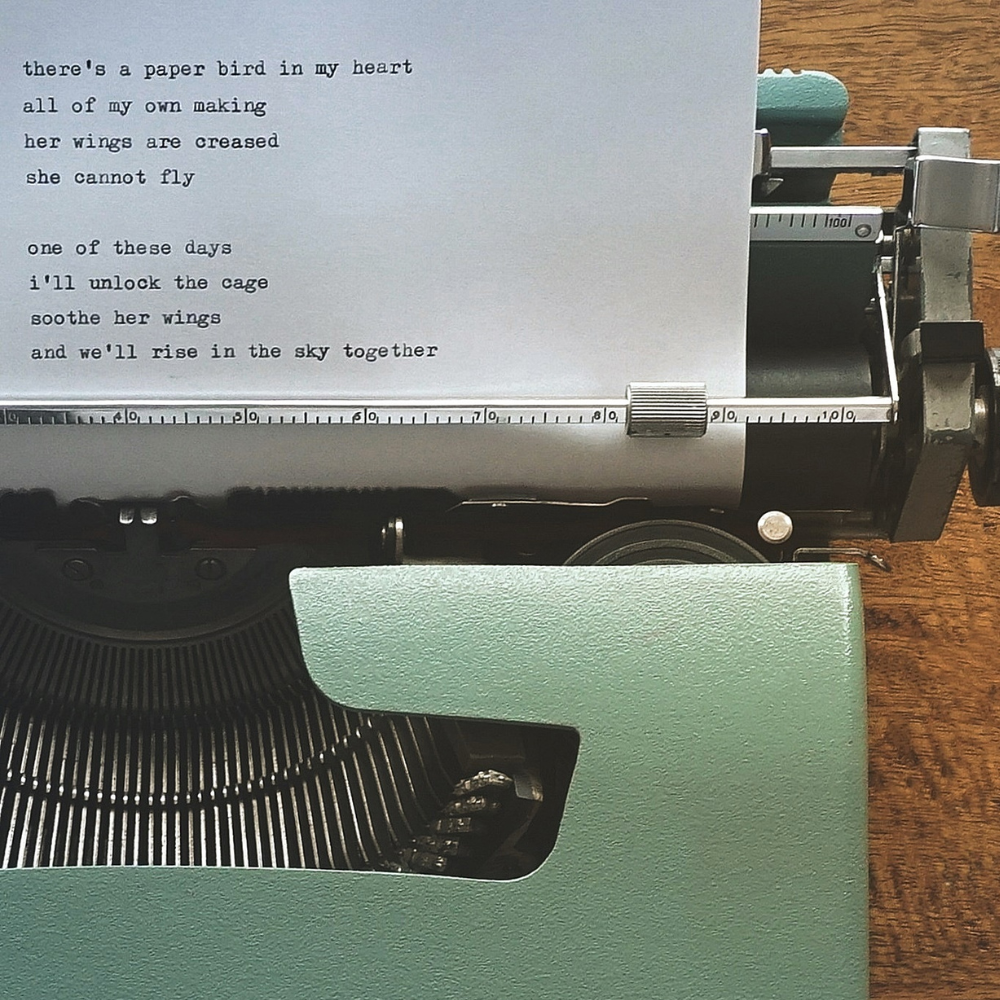
The Essence of Poetry
At its core, poetry is a concentrated imaginative awareness of experience expressed through language chosen and arranged to create a specific emotional response.
This definition highlights the importance of word choice, structure, and the emotional impact of poetry.
Poetry is about the best words in the best order.
This phrase, often attributed to Samuel Taylor Coleridge, highlights the importance of word choice in poetry.
Unlike prose, which can be more expansive and less constrained by structure, poetry relies on the precise selection of words to convey meaning and evoke emotions.
The language chosen in poetry is often rich with vivid images and musical form, creating a sensory experience for the reader.
The History of Poetry
Poetry has a rich history that dates back to ancient civilizations.
In Ancient Greece, poets like Homer and Hesiod composed epic poems that recounted heroic deeds and mythological tales.
These early works laid the foundation for many poetic forms and themes that continue to influence poets today.
The sixteenth century saw the rise of the sonnet, a fourteen-line poem with a specific rhyme scheme, popularized by poets like William Shakespeare.
Narrative Poetry
Narrative poetry tells a story through verse.
It often includes characters, a plot, and a setting, much like a short story or novel.
Examples of narrative poetry include epic poems like Homer's "The Iliad" and "The Odyssey," as well as more modern works like Robert Frost's "The Road Not Taken."
Narrative poetry allows poets to explore complex themes and emotions through the lens of storytelling.
Lyric Poetry
Lyric poetry, on the other hand, focuses on expressing personal emotions and thoughts.
It is often shorter than narrative poetry and does not necessarily tell a story.
Instead, it captures a moment or feeling in time.
Famous examples of lyric poetry include the sonnets of William Shakespeare and the odes of John Keats.
Lyric poetry is known for its musicality and use of vivid imagery to convey deep emotions.
Free Verse Poem
Free verse poems do not adhere to a consistent rhyme scheme or metrical pattern.
This form of poetry allows poets to experiment with language and structure, creating a more organic and free-flowing expression.
Walt Whitman's "Leaves of Grass" is a seminal example of free verse poetry.
Free verse poems can be both liberating and challenging for poets, as they require a keen sense of rhythm and word choice to maintain coherence and impact.
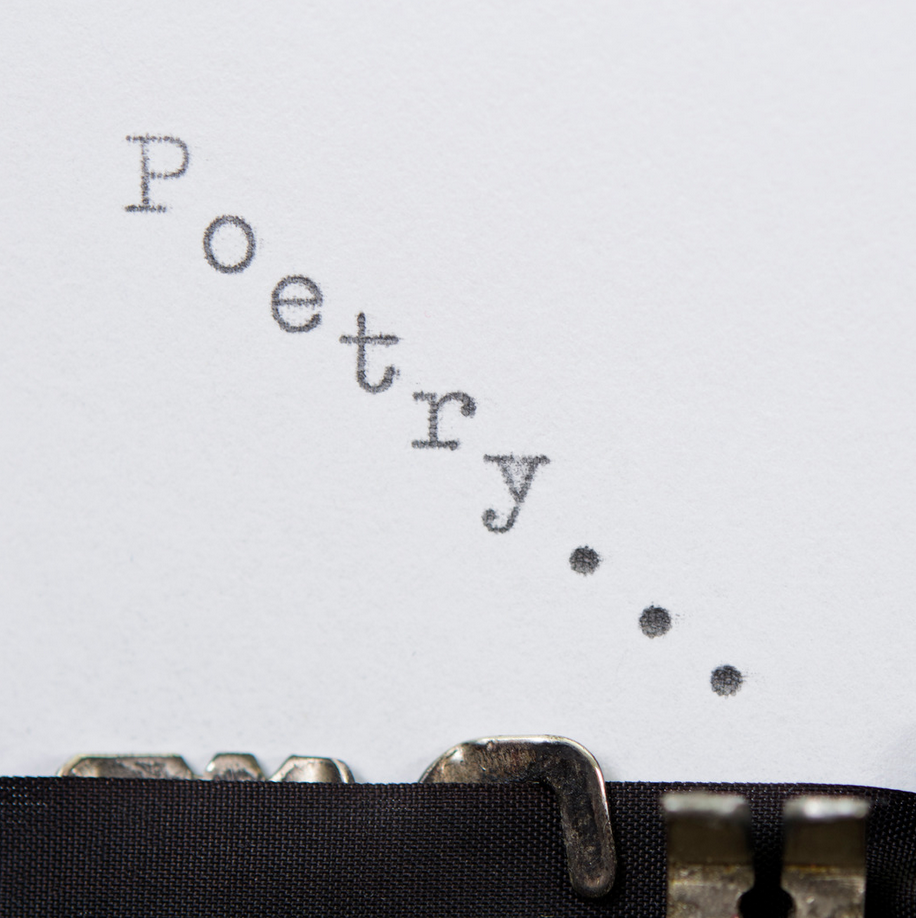
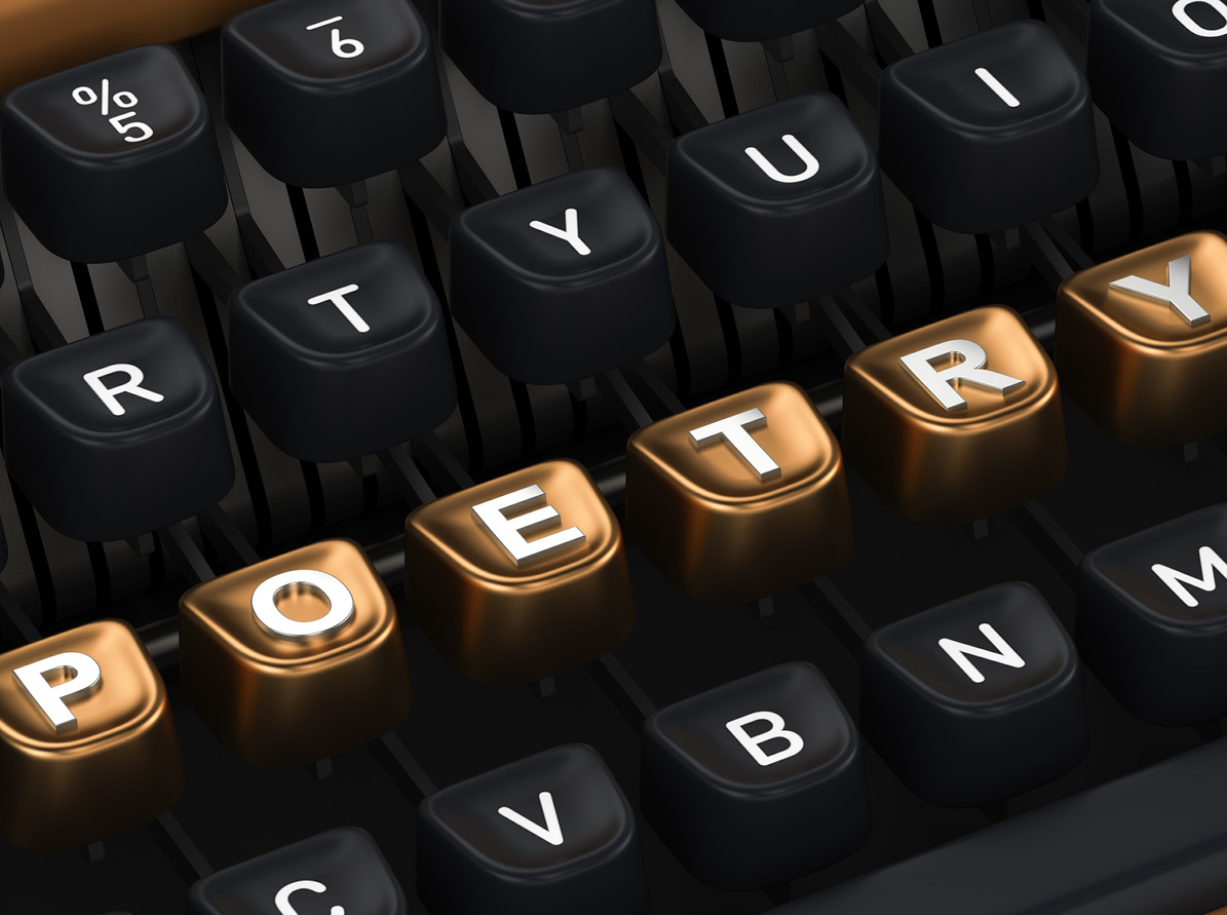
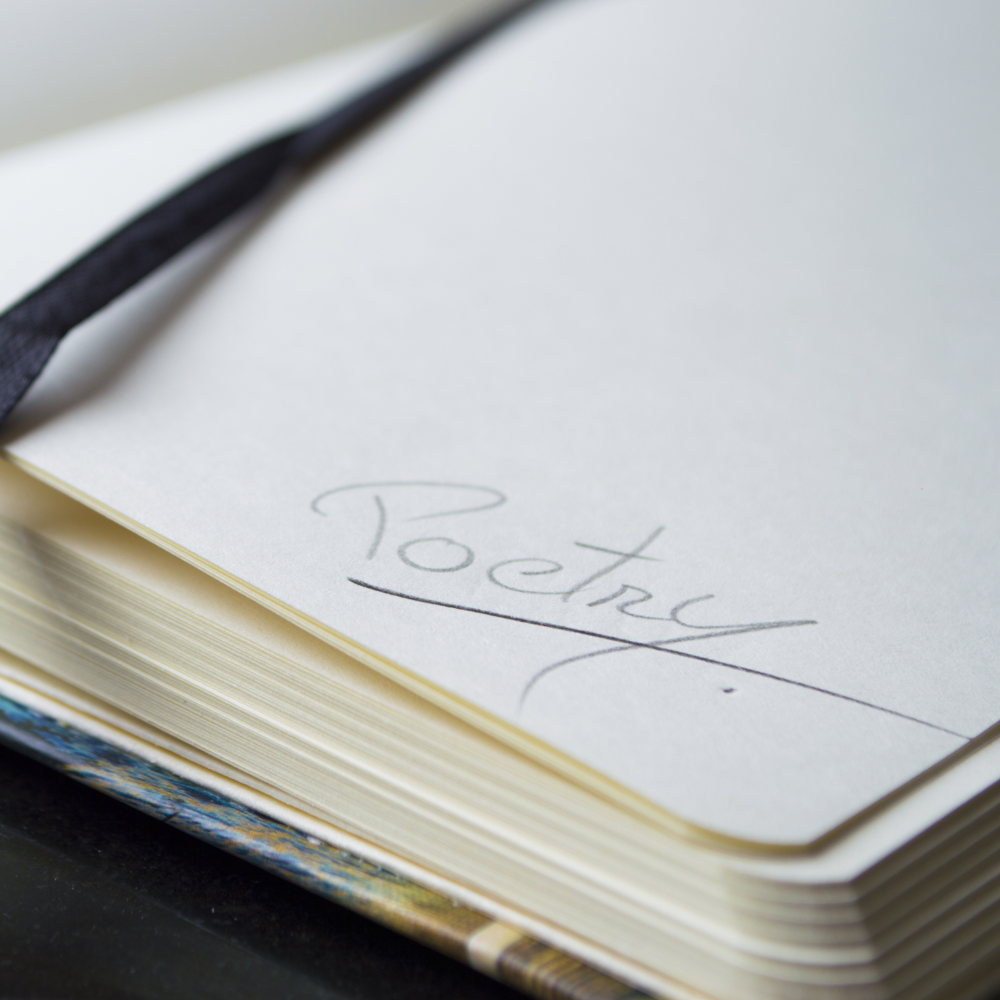
Poetic Forms
There are numerous poetic forms, each with its own set of rules and conventions.
Some of the most well-known forms include the sonnet, the haiku, and the villanelle.
The sonnet, for example, is a fourteen-line poem written in iambic pentameter, often exploring themes of love and nature.
The haiku is a three-line poem with a syllable pattern of five-seven-five, traditionally focusing on the natural world.
The villanelle is a nineteen-line poem with a specific rhyme scheme and repeated lines, creating a sense of circularity and inevitability.
Prose Poetry
Prose poetry blurs the line between prose and poetry.
It is written in paragraphs rather than verse, but it retains the heightened language and imagery of poetry.
Prose poems often explore themes and emotions in a more expansive and narrative style, allowing for greater flexibility in expression.
Charles Baudelaire's "Paris Spleen" is a classic example of prose poetry, combining the vivid imagery of poetry with the narrative flow of prose.
The Importance of Word Choice
Word choice is a crucial aspect of writing poetry.
The language chosen by the poet can significantly impact the tone, mood, and overall effect of the poem.
Poets often spend considerable time selecting the best words to convey their intended meaning and evoke the desired emotional response.
This careful attention to language is what sets poetry apart from other forms of writing and allows it to resonate deeply with readers.
The Role of Rhyme in Poetry
Rhyme is a fundamental element of poetry, creating a sense of rhythm and musicality.
Rhymed poetry uses consistent rhyme schemes to create patterns of sound that enhance the meaning and emotional impact of the poem.
Internal rhymes, where words within the same line rhyme, and end rhymes, where the last words of successive lines rhyme, are common techniques used by poets to create a sense of cohesion and harmony.
The Use of Internal Rhyme
Internal rhymes occur when words within the same line or successive lines rhyme with each other.
This technique can add a sense of rhythm and musicality to a poem, enhancing its overall impact.
Internal rhymes can also create connections between different parts of the poem, adding depth and complexity to the work.
The Importance of Meter
Meter refers to the rhythmic structure of a poem, determined by the arrangement of stressed and unstressed syllables.
Iambic pentameter, for example, consists of five pairs of one unstressed syllable followed by one stressed syllable.
This metrical pattern is commonly used in English poetry, particularly in the works of William Shakespeare and John Milton.
Meter adds a musical quality to poetry, enhancing its emotional and aesthetic appeal.
The Power of Imagery
Imagery is a crucial element of poetry, allowing poets to create vivid pictures in the minds of their readers.
Through the use of descriptive language and sensory details, poets can evoke specific emotional responses and create a more immersive reading experience.
Vivid imagery can bring a poem to life, making abstract concepts and emotions more tangible and relatable.


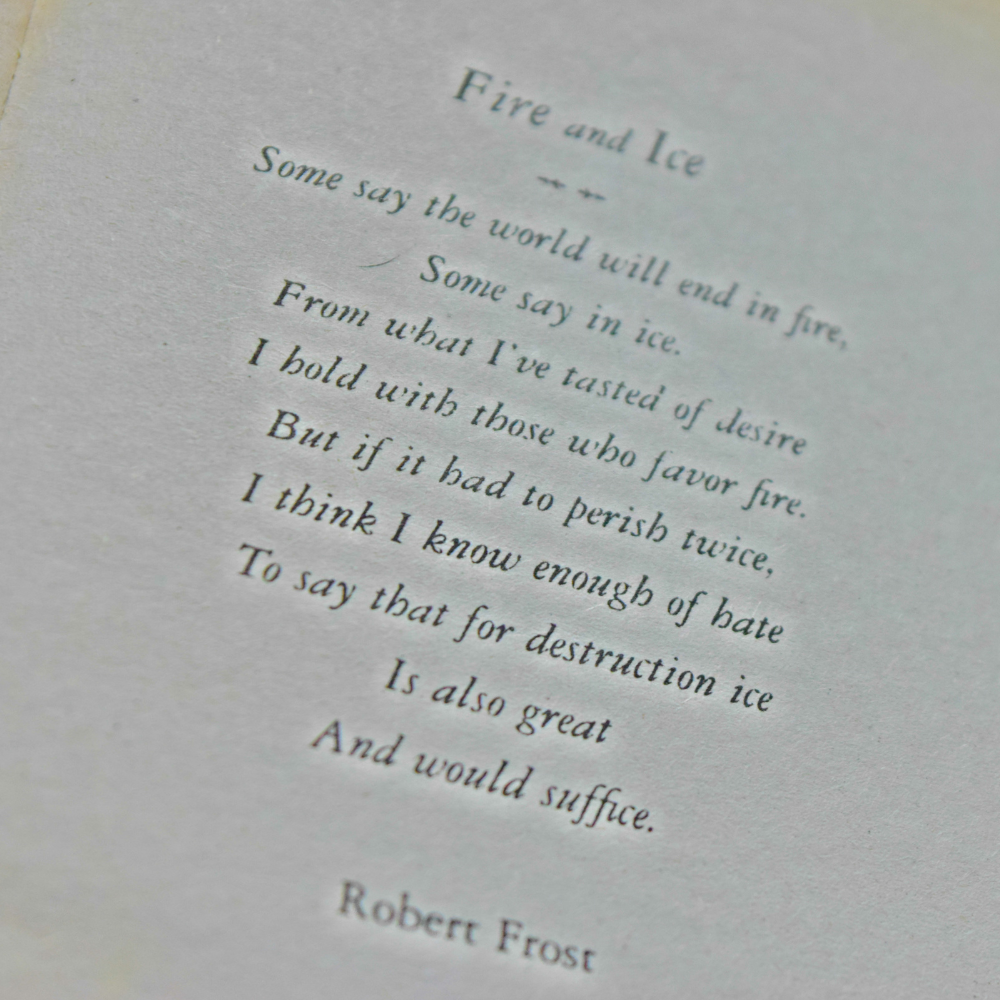
The Use of Symbolism
Symbolism is another powerful tool in poetry, allowing poets to convey deeper meanings and themes through the use of symbols.
A symbol is an object, person, or event that represents something beyond its literal meaning.
For example, a rose may symbolize romantic love, while a storm may represent turmoil or conflict.
Symbolism adds layers of meaning to a poem, inviting readers to explore and interpret its deeper significance.
The Role of Sound in Poetry
Sound plays a crucial role in poetry, enhancing its musicality and emotional impact.
Poets use various techniques to create pleasing and evocative sounds, such as alliteration, assonance, and consonance.
Alliteration is the repetition of the same letter or sound at the beginning of adjacent or closely connected words, while assonance is the repetition of vowel sounds within words.
Consonance is the repetition of consonant sounds, often at the end of words.
These techniques create a sense of rhythm and harmony, making the poem more engaging and memorable.
The Impact of Line Breaks
Line breaks are an essential structural element of poetry, influencing the rhythm, pacing, and meaning of a poem.
A line break can create a pause, emphasize a particular word or phrase, or create a sense of tension and anticipation.
Poets use line breaks strategically to enhance the overall impact of their work, guiding the reader's experience and interpretation of the poem.
The Role of Form in Poetry
Form refers to the structure and organization of a poem, including its rhyme scheme, meter, and stanza arrangement.
Different forms of poetry have different rules and conventions, which can influence the content and style of the poem.
For example, a sonnet's strict fourteen-line structure and consistent rhyme scheme create a sense of order and balance, while a free verse poem's lack of formal constraints allows for greater flexibility and experimentation.
The Role of Alliteration and Assonance
Alliteration and assonance are two poetic devices that involve the repetition of sounds.
Alliteration is the repetition of consonant sounds at the beginning of words, while assonance is the repetition of vowel sounds within words.
These techniques can create a sense of rhythm and musicality, making the poem more engaging and memorable.
The Use of Metaphor and Simile
Metaphor and simile are powerful tools that poets use to create vivid images and convey complex ideas.
A metaphor is a direct comparison between two unrelated things, while a simile uses the words "like" or "as" to make the comparison.
These devices can add depth and richness to a poem, allowing the poet to express abstract concepts in a more tangible and relatable way.
The Role of Symbolism
Symbolism is the use of symbols to represent ideas or concepts in a poem.
By using symbols, poets can convey deeper meanings and add layers of complexity to their work.
For example, a rose might symbolize romantic love, while a storm could represent turmoil or conflict.
Understanding the symbolism in a poem can enhance the reader's appreciation and interpretation of the work.
The Use of Personification
Personification is a poetic device where inanimate objects or abstract concepts are given human qualities or characteristics.
This technique can create vivid imagery and make the poem more relatable and engaging.
For example, describing the wind as "whispering" through the trees can create a more dynamic and evocative image than simply stating that the wind is blowing.
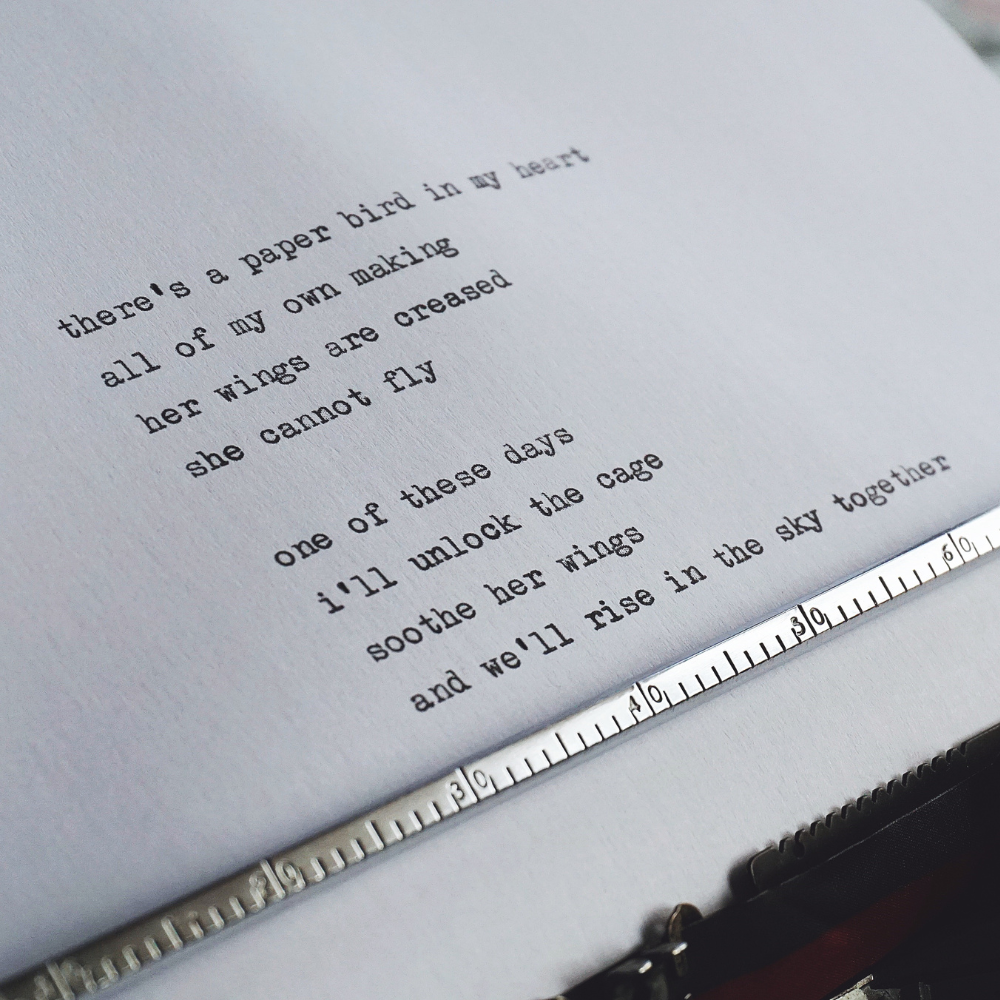
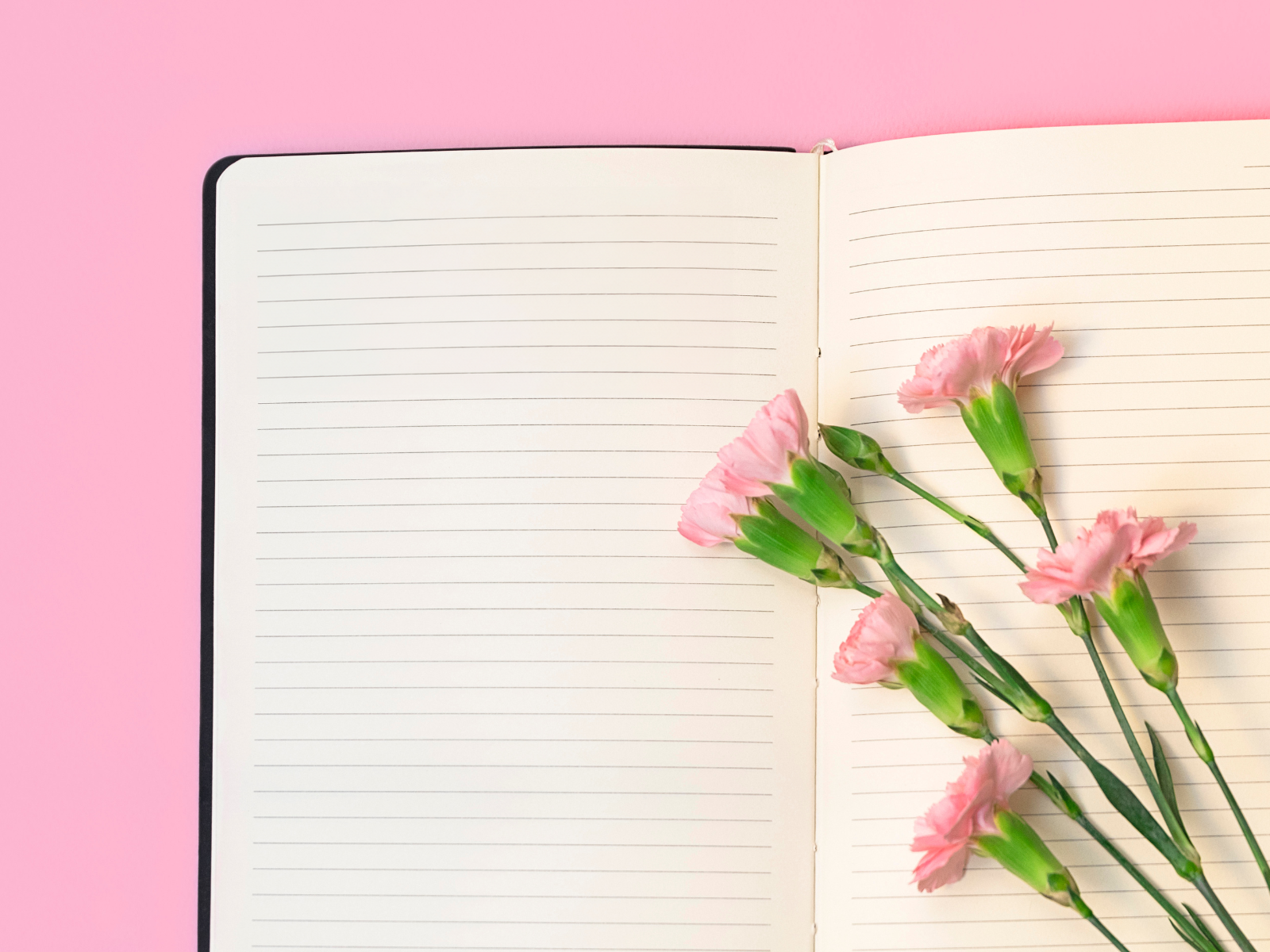
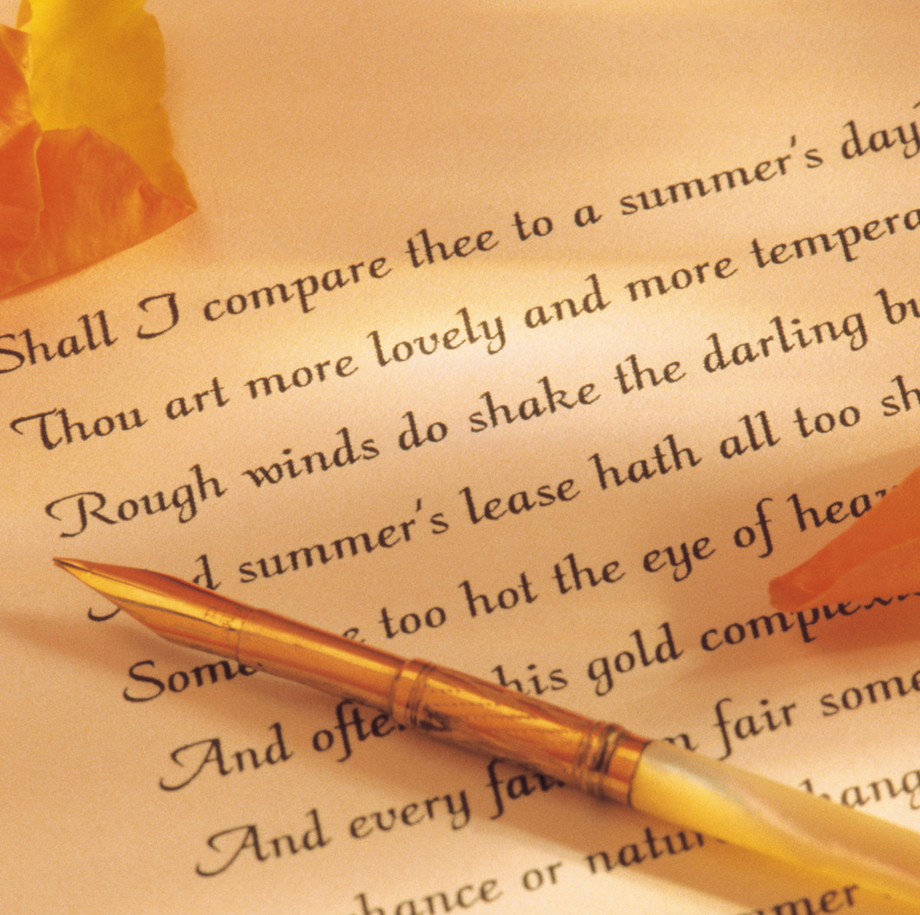
The Role of Hyperbole
Hyperbole is the use of exaggerated statements or claims to create a dramatic effect.
This technique can add emphasis and intensity to a poem, making it more impactful and memorable.
For example, saying "I've told you a million times" is a hyperbolic way of emphasizing the speaker's frustration or impatience.
The Use of Irony
Irony is a literary device where the intended meaning of a word or phrase is opposite to its literal meaning.
This technique can add humor, depth, and complexity to a poem, creating a more engaging and thought-provoking experience for the reader.
For example, describing a disastrous event as "just a minor setback" can create a sense of irony and highlight the speaker's perspective or attitude.
The Role of Tone and Mood
Tone and mood are essential elements of poetry that contribute to its overall effect.
The tone is the poet's attitude or perspective towards the subject matter, while the mood is the emotional atmosphere created by the poem.
By carefully choosing words, imagery, and structure, poets can create a specific tone and mood that enhances the reader's experience and understanding of the poem.
The Importance of Theme
The theme is the central idea or message of a poem.
It is the underlying meaning that the poet wants to convey to the reader.
Themes can range from love and loss to nature and identity, and they often reflect the poet's personal experiences and worldview.
Understanding the theme of a poem can provide deeper insight into its meaning and significance.
The Use of Repetition
Repetition is a poetic device where words, phrases, or lines are repeated to create emphasis and rhythm.
This technique can add a sense of cohesion and unity to a poem, making it more memorable and impactful.
Repetition can also create a sense of urgency or intensity, drawing the reader's attention to specific ideas or emotions.
The Role of Enjambment
Enjambment is a poetic device where a sentence or phrase continues beyond the end of a line or stanza without a pause.
This technique can create a sense of movement and urgency, drawing the reader's attention to the flow of the poem.
Enjambment can also create interesting contrasts and juxtapositions, adding depth and complexity to the work.
The Use of Caesura
Caesura is a pause or break within a line of poetry, often indicated by punctuation such as a comma or dash.
This technique can create a sense of rhythm and emphasis, drawing attention to specific words or phrases.
Caesura can also create a sense of tension or contrast, adding layers of meaning to the poem.
The Role of Diction
Diction is the poet's choice of words and language.
By carefully selecting words with specific connotations and meanings, poets can create a particular tone and mood that enhances the overall effect of the poem.
Diction can range from formal and elevated language to colloquial and everyday speech, depending on the poet's intent and the theme of the poem.
The Use of Syntax
Syntax is the arrangement of words and phrases to create well-formed sentences.
In poetry, syntax can be manipulated to create specific effects and enhance the meaning of the poem.
By experimenting with word order and sentence structure, poets can create unique rhythms and patterns that add depth and complexity to their work.
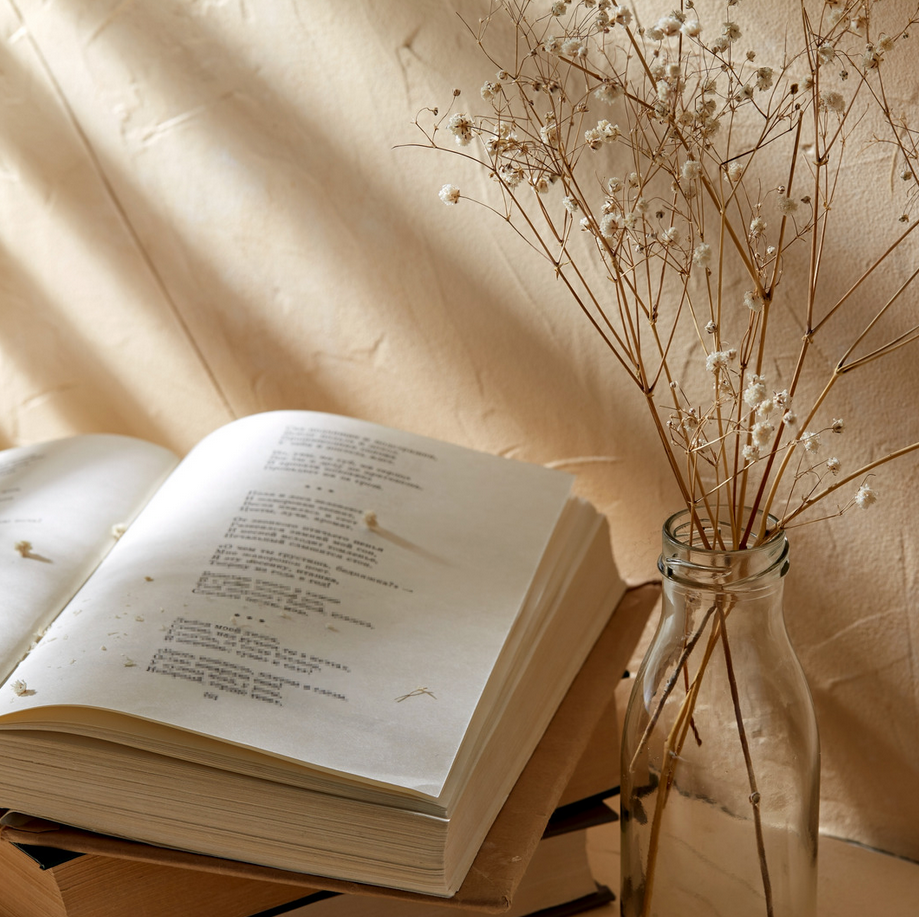
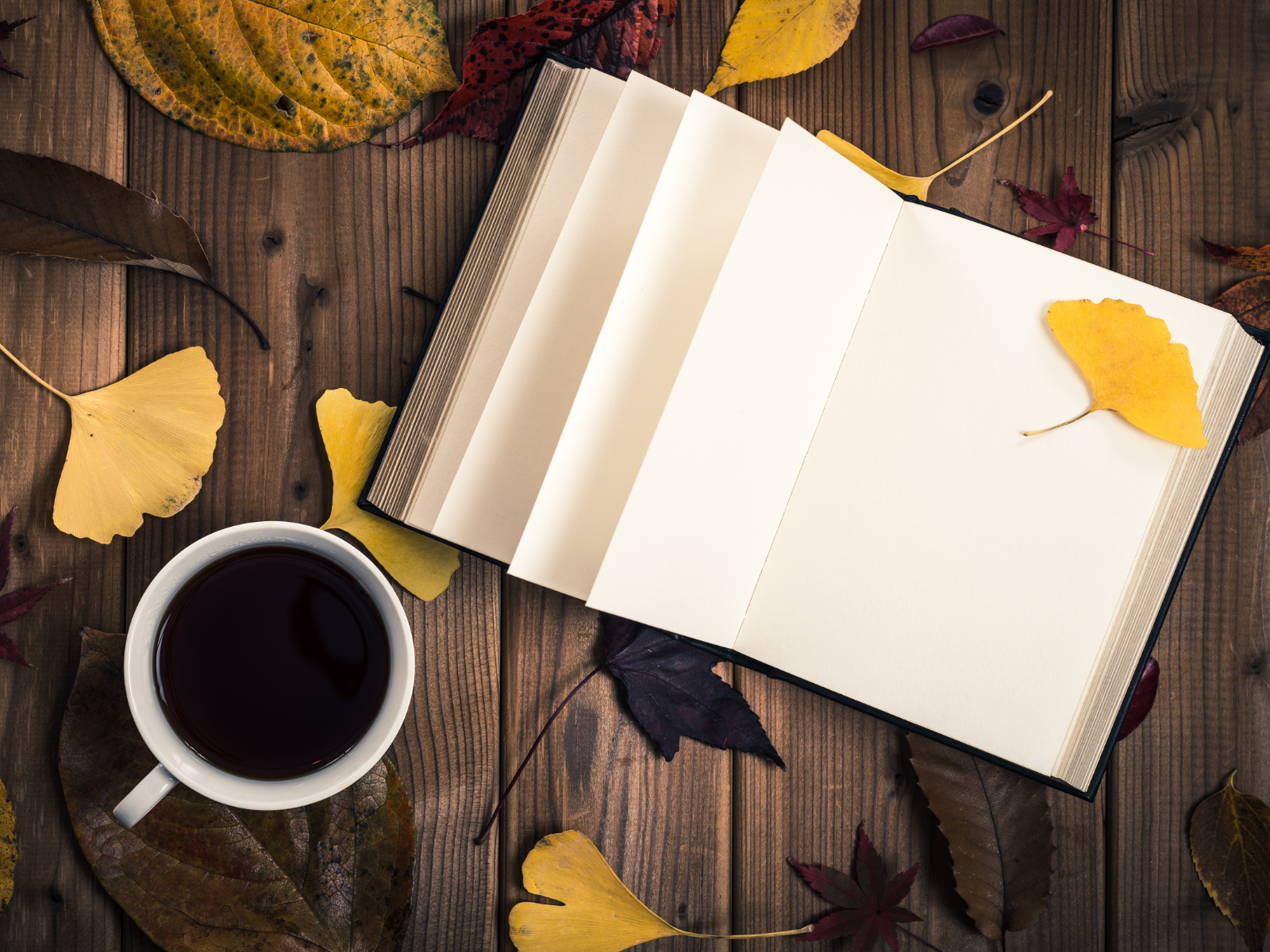
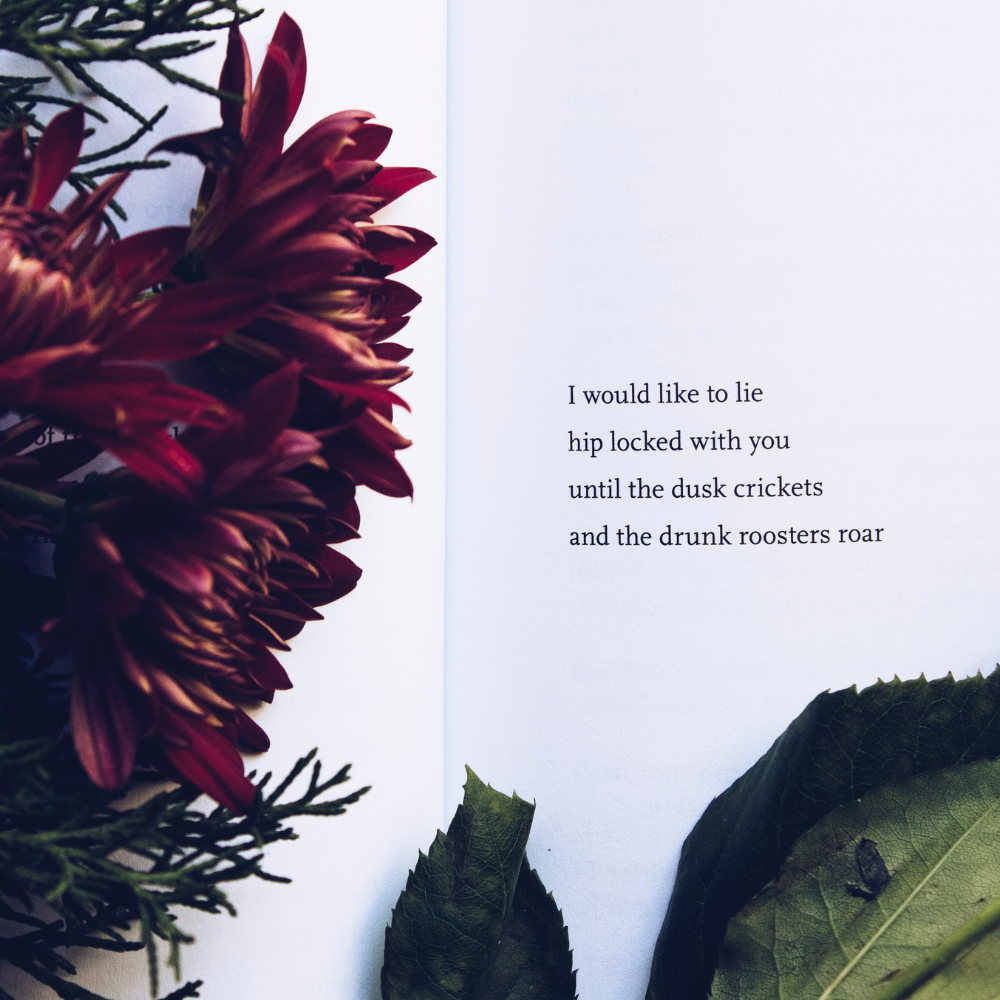
The Role of Punctuation
Punctuation is an essential element of poetry that can significantly impact its meaning and rhythm.
By using punctuation marks such as commas, periods, and dashes, poets can create pauses, emphasize certain words or phrases, and control the flow of the poem.
Punctuation can also contribute to the visual appearance of the poem on the page, adding another layer of meaning and artistic expression.
The Importance of Voice
Voice is the unique style and perspective of the poet that comes through in their work.
It is the distinct personality and tone that sets one poet apart from another.
By developing a strong and authentic voice, poets can create more engaging and impactful works that resonate with readers.
The Role of Perspective
Perspective is the point of view from which a poem is written.
This can range from first-person, where the poet speaks directly to the reader, to third-person, where the poet describes events and experiences from an outside perspective.
By experimenting with different perspectives, poets can create unique and varied works that offer new insights and experiences.
The Use of Figurative Language
Figurative language is the use of words and phrases in a non-literal way to create specific effects and meanings.
This includes devices such as metaphor, simile, personification, and hyperbole.
By using figurative language, poets can create vivid images and convey complex ideas in a more engaging and relatable way.
The Importance of Interpretation
Interpretation is the process of understanding and analyzing a poem to uncover its deeper meanings and significance.
By considering the poet's use of language, structure, and poetic devices, readers can gain a greater appreciation and understanding of the work.
Interpretation can also reveal new insights and perspectives, adding to the richness and complexity of the poem.
The Role of Context
Context is the background information and circumstances surrounding a poem, including the poet's life, historical events, and cultural influences.
By considering the context in which a poem was written, readers can gain a deeper understanding of its themes and meanings.
Context can also provide valuable insights into the poet's intent and perspective.
The Use of Allusion
Allusion is a poetic device where the poet references other works of literature, historical events, or cultural figures.
This technique can add depth and complexity to a poem, creating connections and layers of meaning.
By recognizing and understanding these allusions, readers can gain a greater appreciation of the work and its significance.
The Role of Theme
The theme is the central idea or message of a poem.
It is the underlying meaning that the poet wants to convey to the reader.
Themes can range from love and loss to nature and identity, and they often reflect the poet's personal experiences and worldview.
Understanding the theme of a poem can provide deeper insight into its meaning and significance.
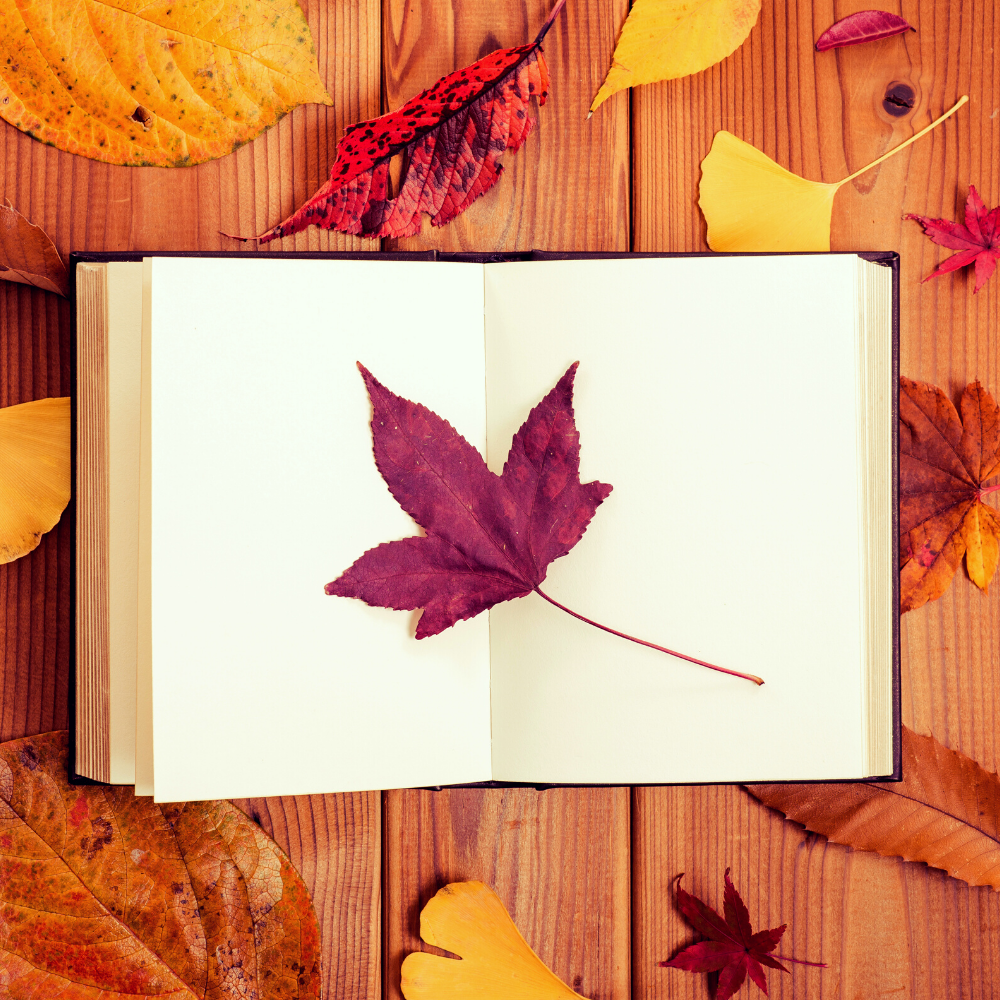

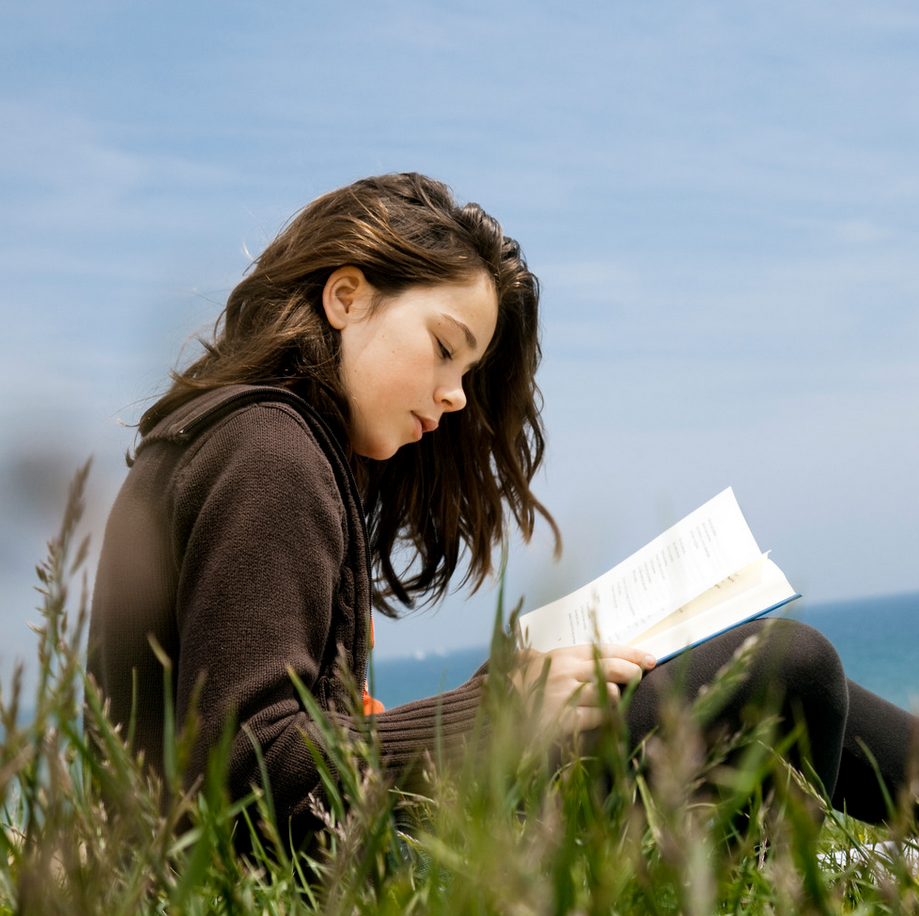
The Role of Emotion in Poetry
Emotion is at the heart of poetry that contributes to its overall impact and resonance.
Poets use language to express and evoke a wide range of emotions, from joy and love to sorrow and despair.
The emotional intensity of a poem can create a powerful connection between the poet and the reader, allowing for a shared experience of feeling and understanding.
Whether through the passionate verses of a love poem or the poignant reflections of a elegy, poetry has the ability to touch the heart and soul, making it more meaningful and memorable.
The Relationship Between Poetry and Music
Poetry and music have a close and intertwined relationship, with both art forms relying on rhythm, sound, and emotion to create meaning and impact.
Many poets draw inspiration from music, incorporating its elements into their work.
For example, the use of rhyme schemes and metrical patterns in poetry can create a musical quality, while the repetition of sounds and phrases can mimic the structure of a song.
The connection between poetry and music is evident in the works of poets like Bob Dylan and Leonard Cohen, who have seamlessly blended the two forms to create powerful and evocative art.
The Influence of Culture on Poetry
Culture plays a significant role in shaping poetry, influencing its themes, forms, and styles.
Different cultures have their own poetic traditions and conventions, which reflect their unique histories, values, and beliefs.
For example, Japanese haiku poetry focuses on the natural world and the passage of time, while African oral poetry often incorporates music, dance, and performance.
Understanding the cultural context of a poem can provide deeper insights into its meaning and significance.
Writing Poetry
Writing poetry requires a deep understanding of language and a willingness to experiment with form and structure.
Many poets begin by studying the works of others, learning from the masters of the craft.
Writing poetry can be a deeply personal and introspective process, allowing poets to explore their own thoughts and emotions.
It can also be a way to connect with others, sharing experiences and perspectives through the universal language of poetry and conventions.
The Evolution of Poetry
Poetry has evolved over time, reflecting changes in language, culture, and society.
From the epic poems of ancient Greece to the modernist experiments of the twentieth century, poetry has continually adapted and reinvented itself.
The Romantic period, for example, saw a shift towards more personal and emotional expression, with poets like William Wordsworth and John Keats exploring themes of nature, beauty, and individual experience.
In contrast, the modernist movement embraced fragmentation and experimentation, with poets like T.S. Eliot and Ezra Pound challenging traditional forms and conventions.
They introduced new techniques such as stream of consciousness and free verse, which broke away from the rigid structures of the past.
As we moved into the contemporary era, poetry has become even more diverse and inclusive, reflecting the multiplicity of voices and experiences in our globalized world.
Poets today draw inspiration from a wide array of sources, blending different genres, cultures, and media to create innovative and powerful works.
This ongoing evolution ensures that poetry remains a dynamic and relevant art form, capable of capturing the complexities of the human experience in ever-changing ways.
The Timeless Allure of Poetry
Poetry, with its rich tapestry of forms, styles, and emotional depth, continues to captivate and inspire us.
From the ancient epics to contemporary free verse, poetry has proven to be a resilient and adaptable art form, reflecting the ever-changing landscapes of language, culture, and society.
Its ability to distill complex emotions and experiences into a few carefully chosen words makes it a unique and powerful medium for expression.
As we navigate the complexities of the modern world, poetry remains a vital and relevant art form, offering us a way to connect with our innermost thoughts and feelings, as well as with each other.
Whether through the lyrical beauty of a sonnet, the raw emotion of a free verse poem, or the intricate patterns of a villanelle, poetry has the power to move us, challenge us, and inspire us.
In a world that is constantly evolving, poetry stands as a testament to the enduring power of the written word.
It reminds us of our shared humanity and the universal experiences that bind us together.
So, whether you are a seasoned poet or a curious reader, take a moment to immerse yourself in the world of poetry and discover the timeless allure of this extraordinary art form.
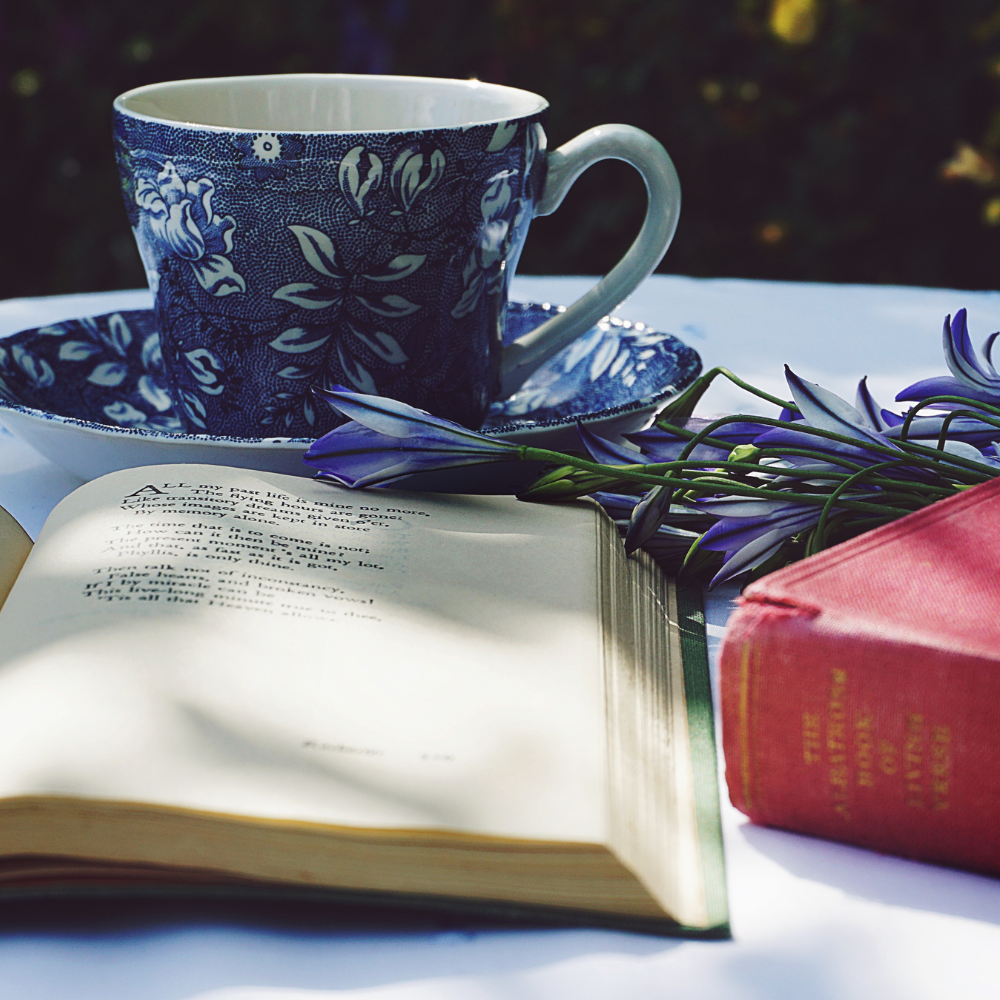
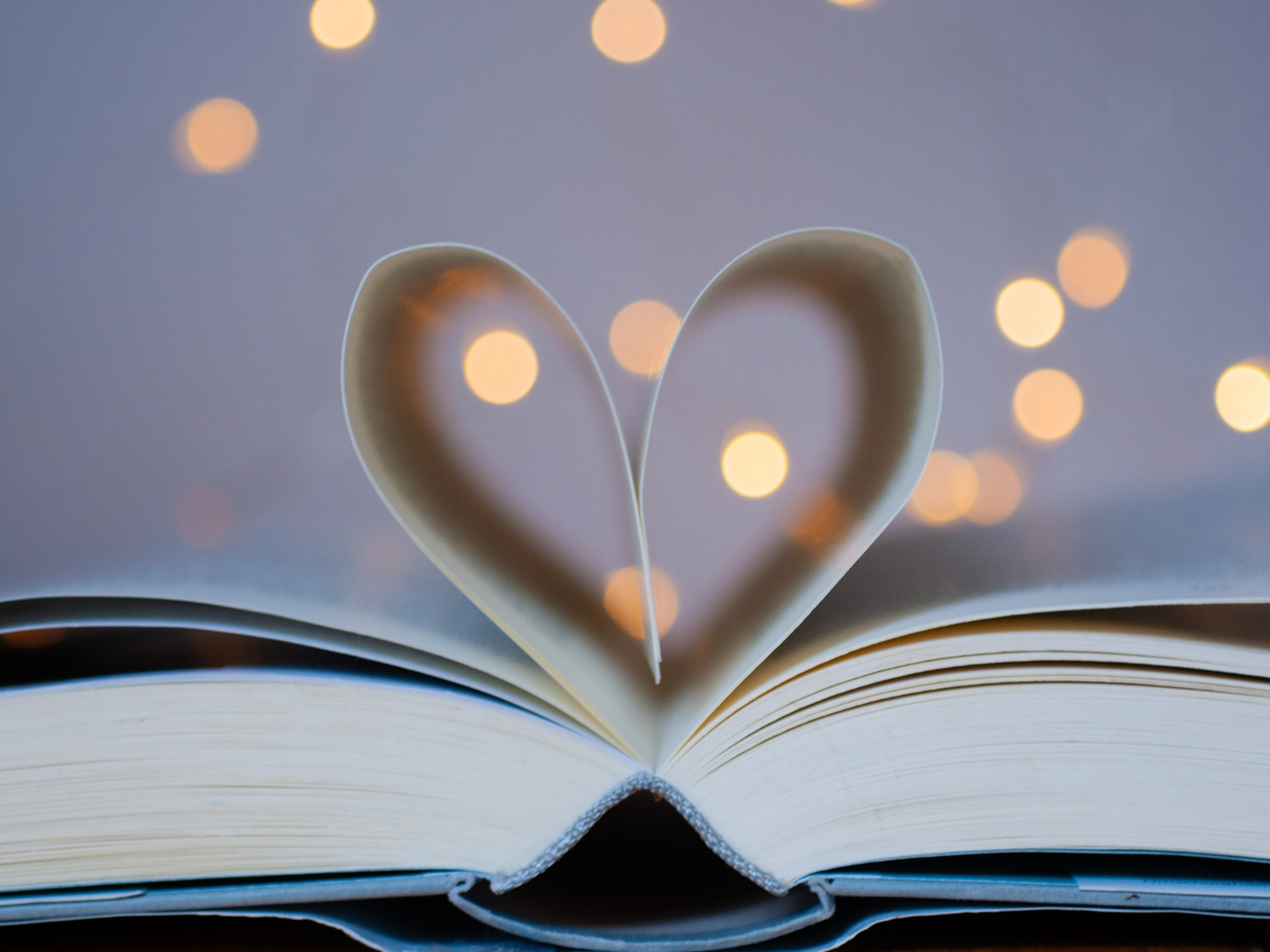
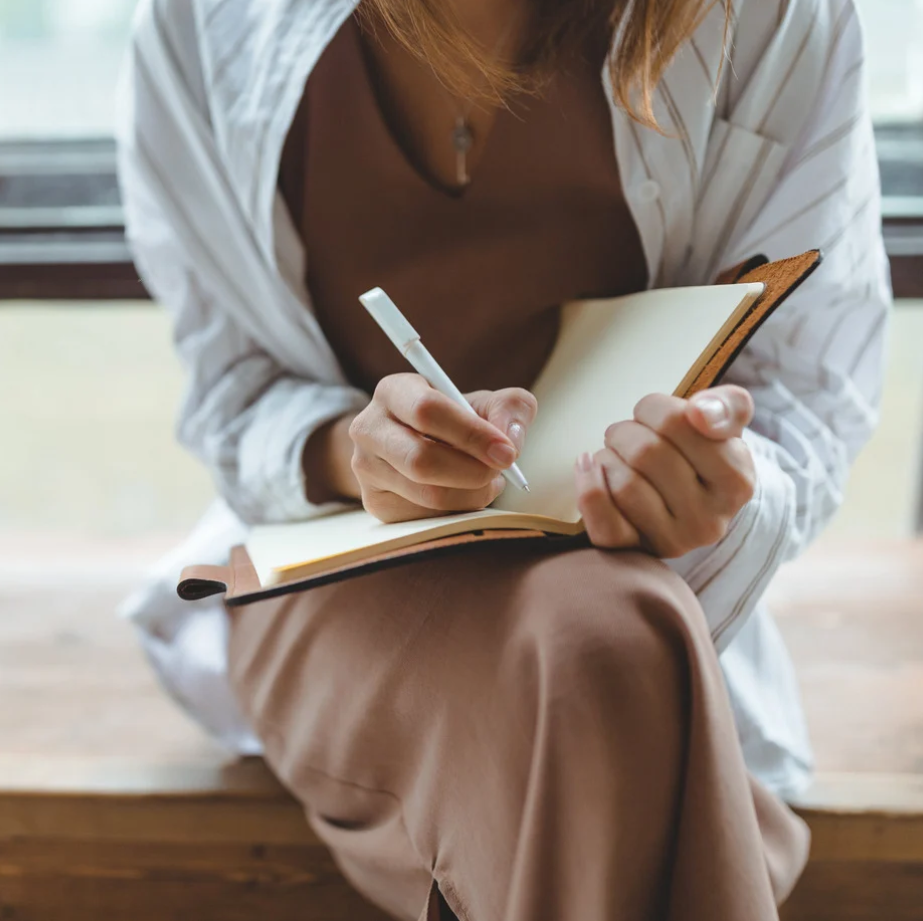
Interested in writing poetry? Check out TEDx Talks' video!
Want even more content about creativity and art?
Be sure to check out all of our creative chronicles!
Love writing and poetry? Considering creating your own written masterpieces?
Check out some of our other articles and poems:
-What should poetry look like?
-How to tell if something is poetry?

